Congo peat swamps store three years of global carbon emissions – imminent oil drilling could release it
Environmental News Bits
AUGUST 18, 2022
by Bart Crezee, University of Leeds and Simon Lewis, UCL Democratic Republic of the Congo’s government is preparing to auction off a series of licenses to drill for oil in the Congo basin. This threatens to damage around 11 million hectares of the world’s second largest rainforest.


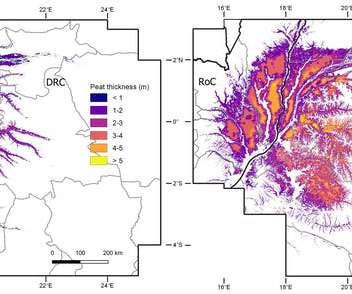


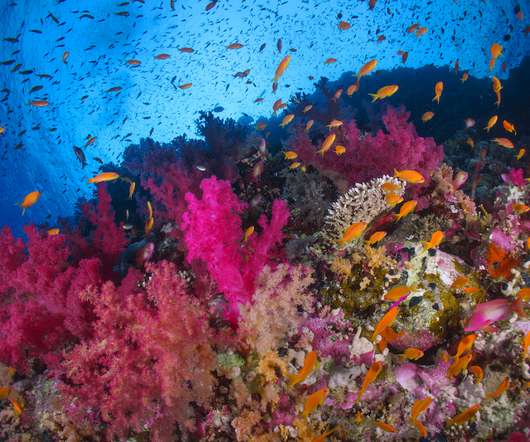

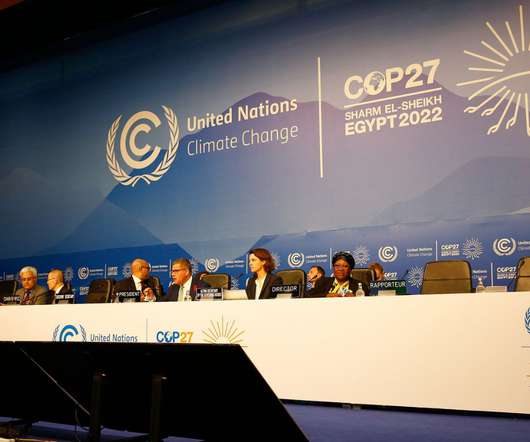
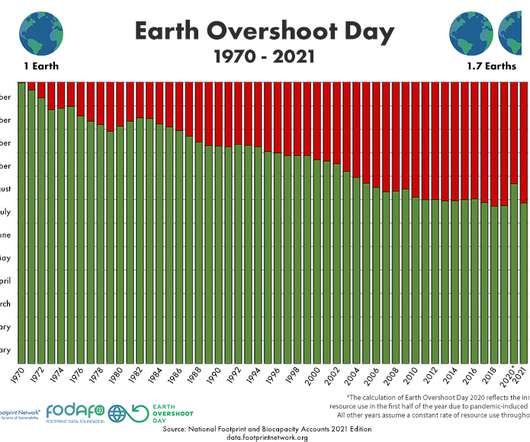



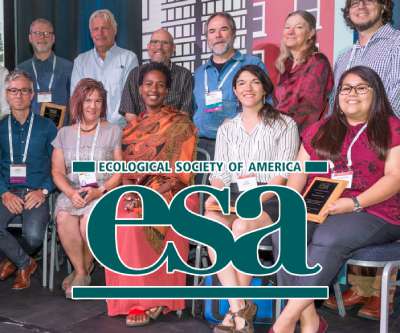
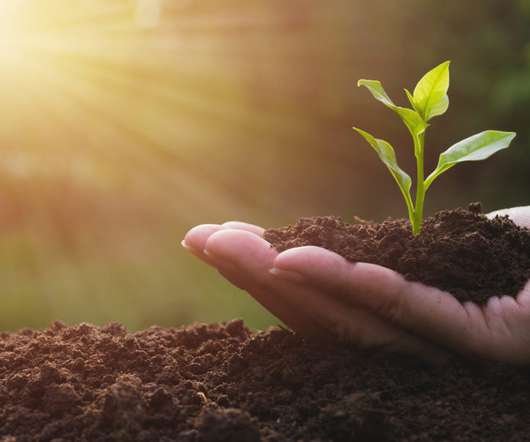






Let's personalize your content